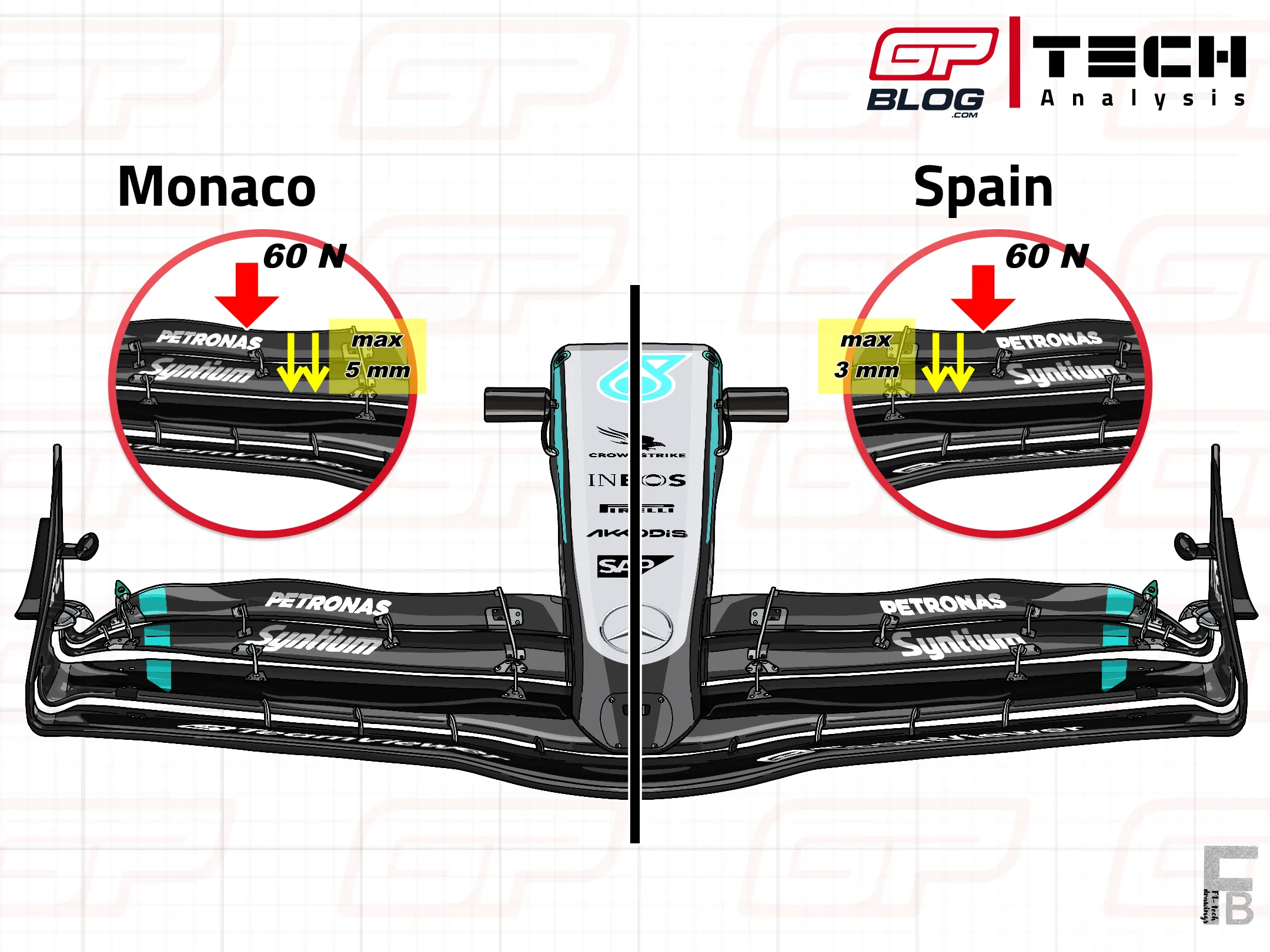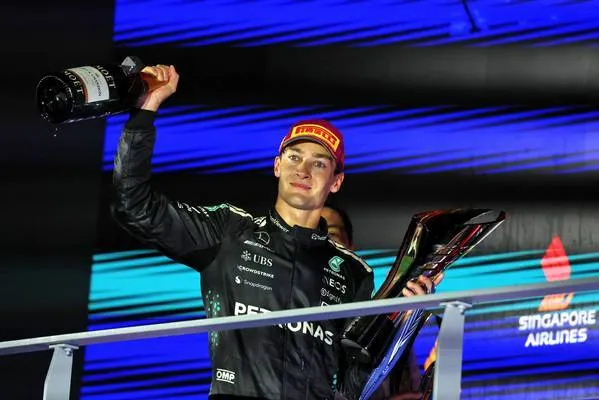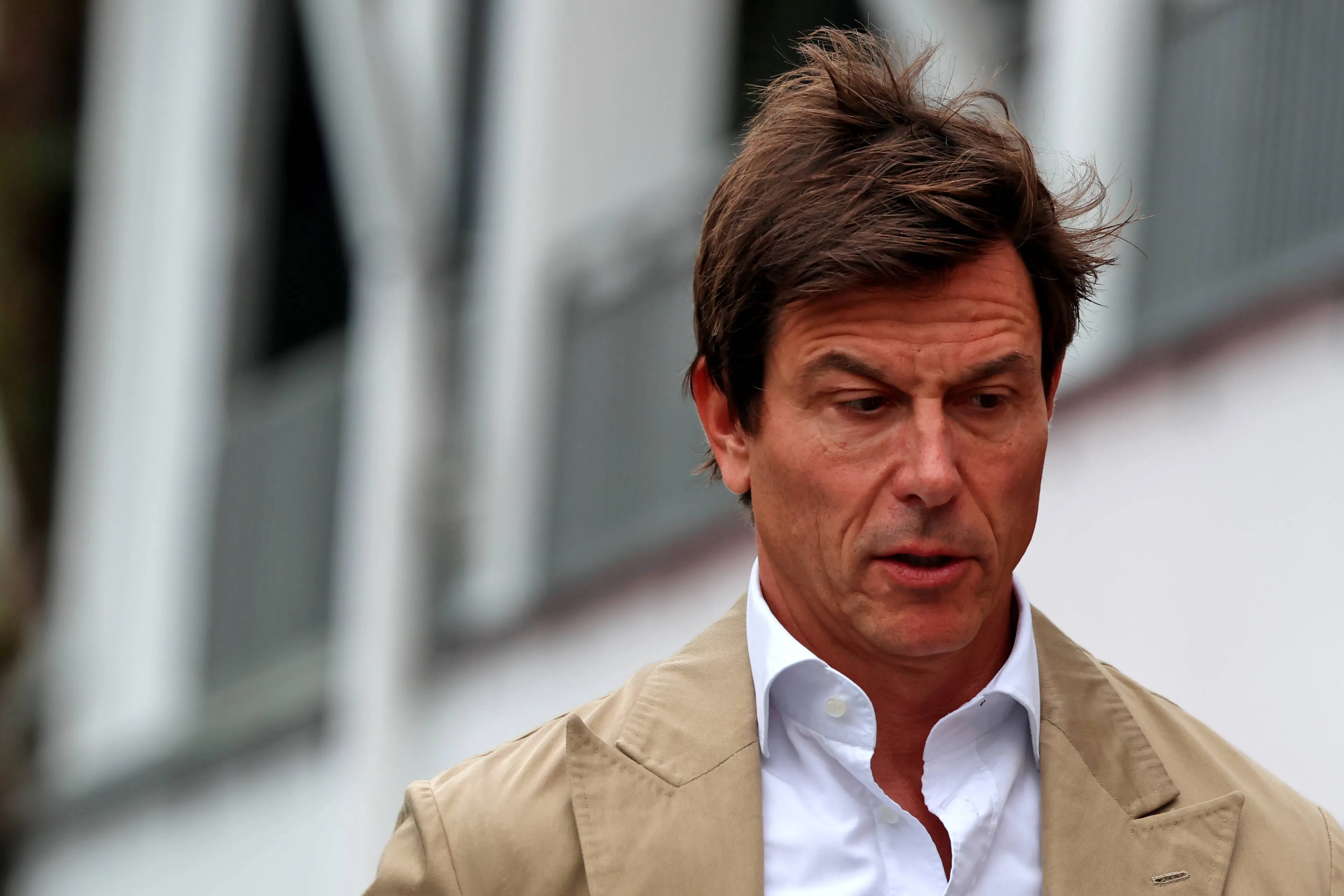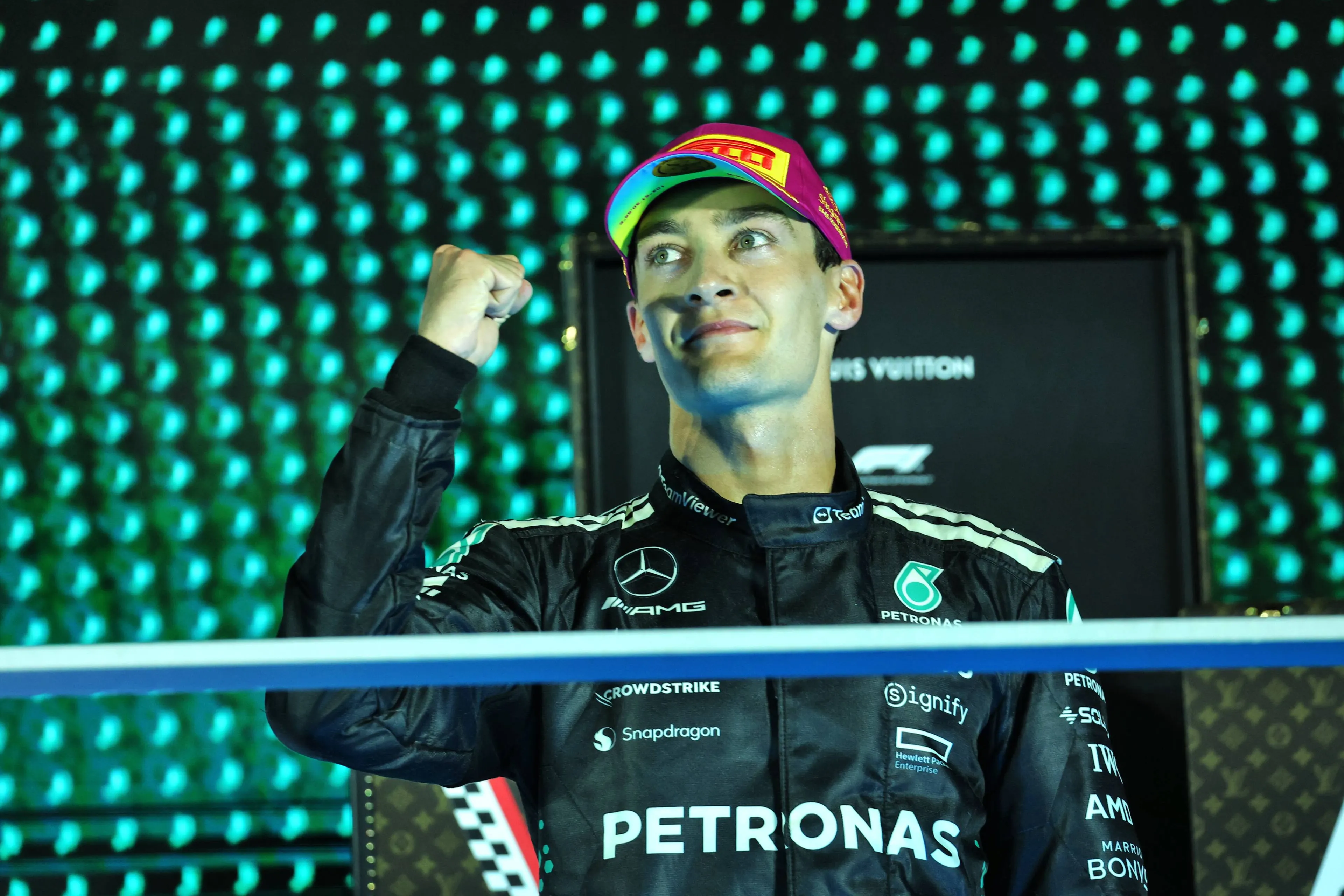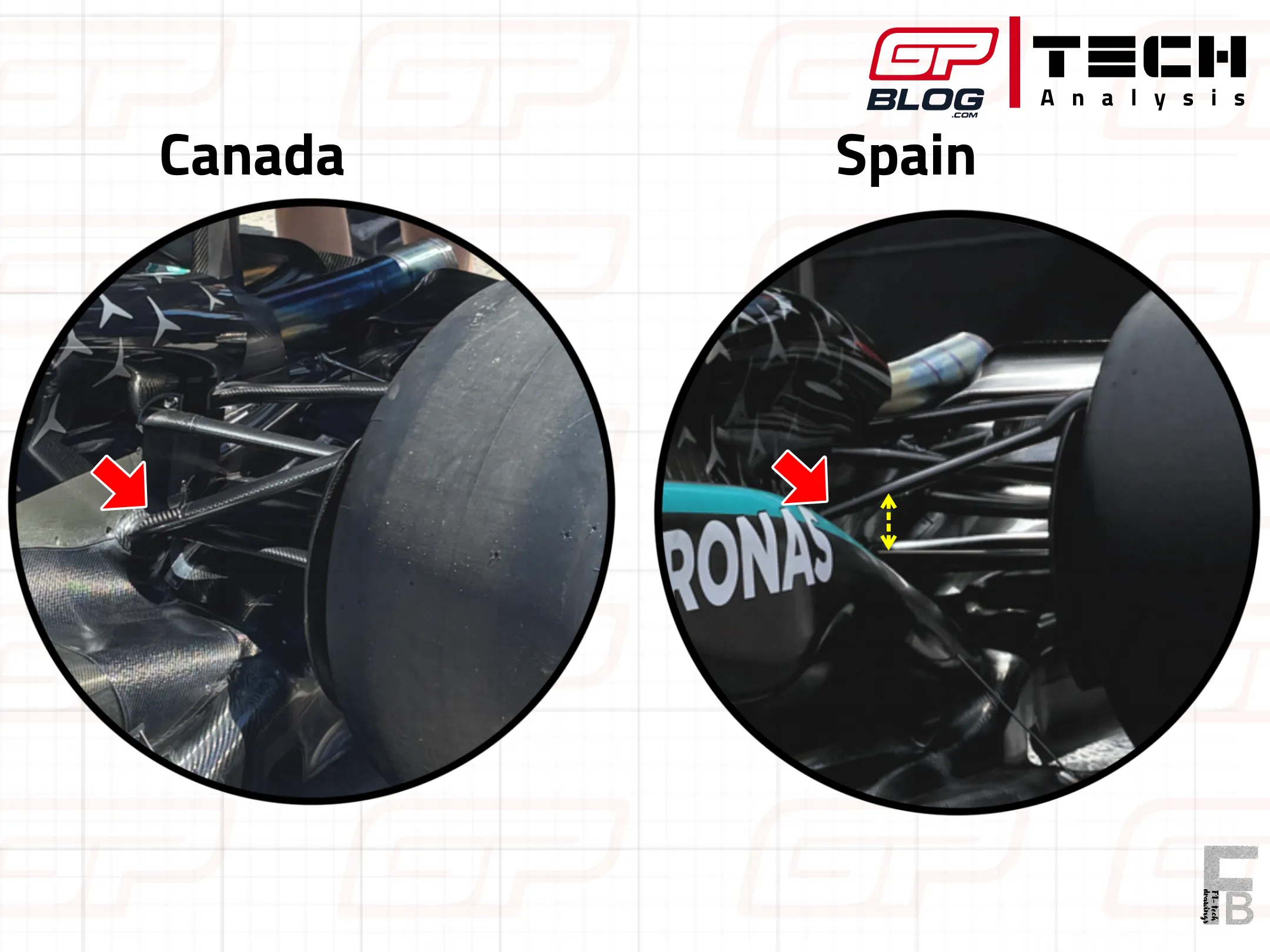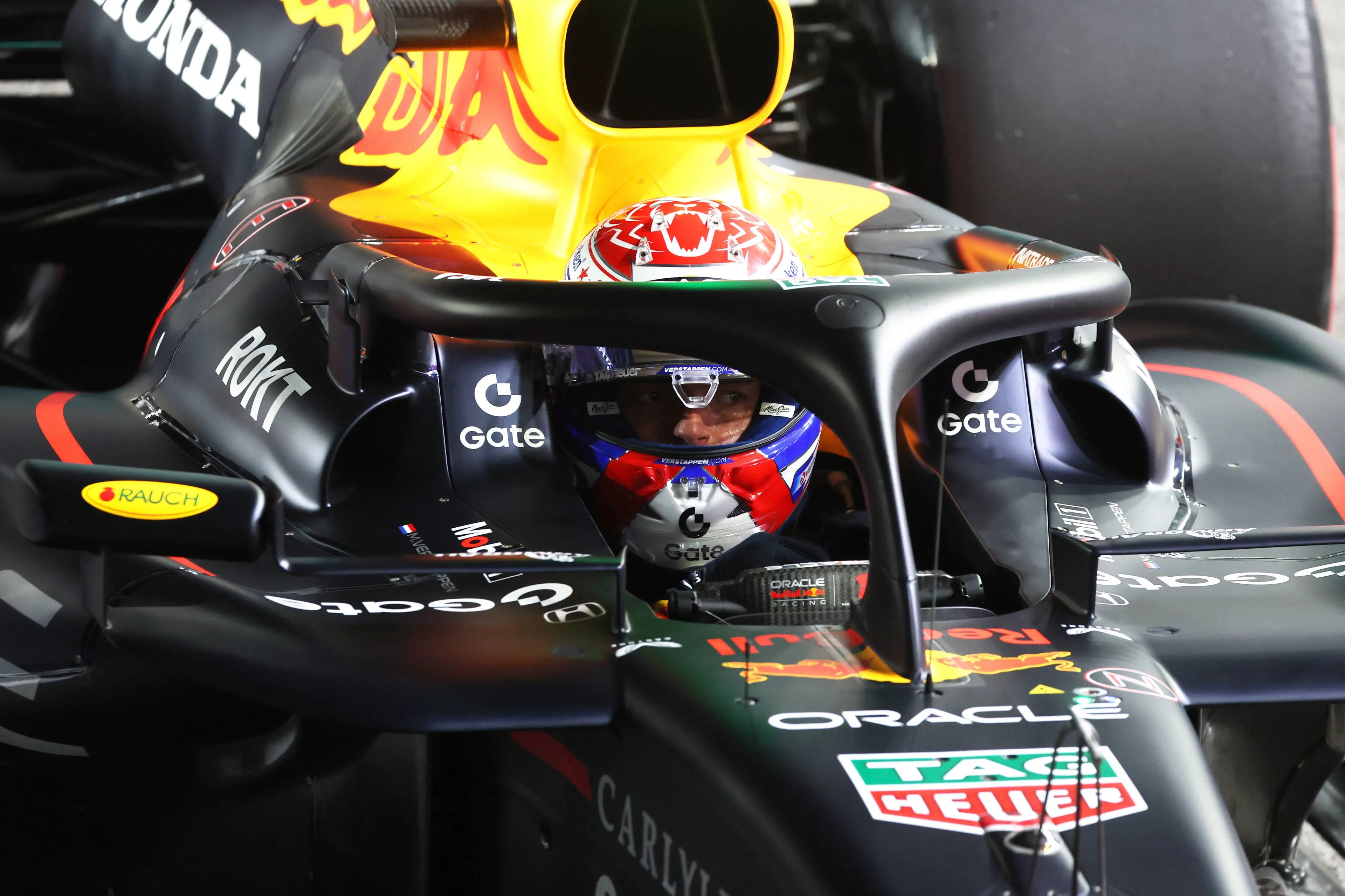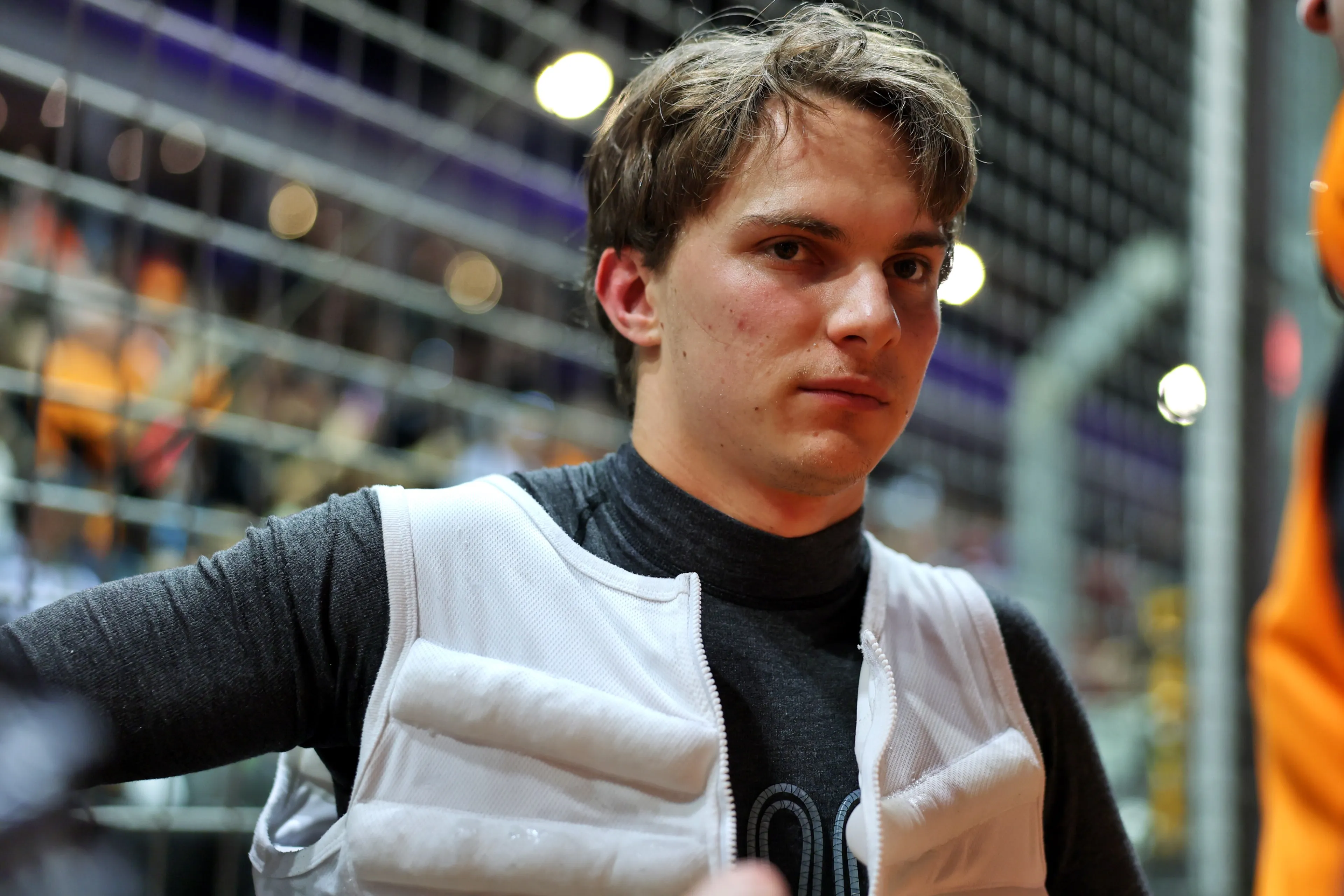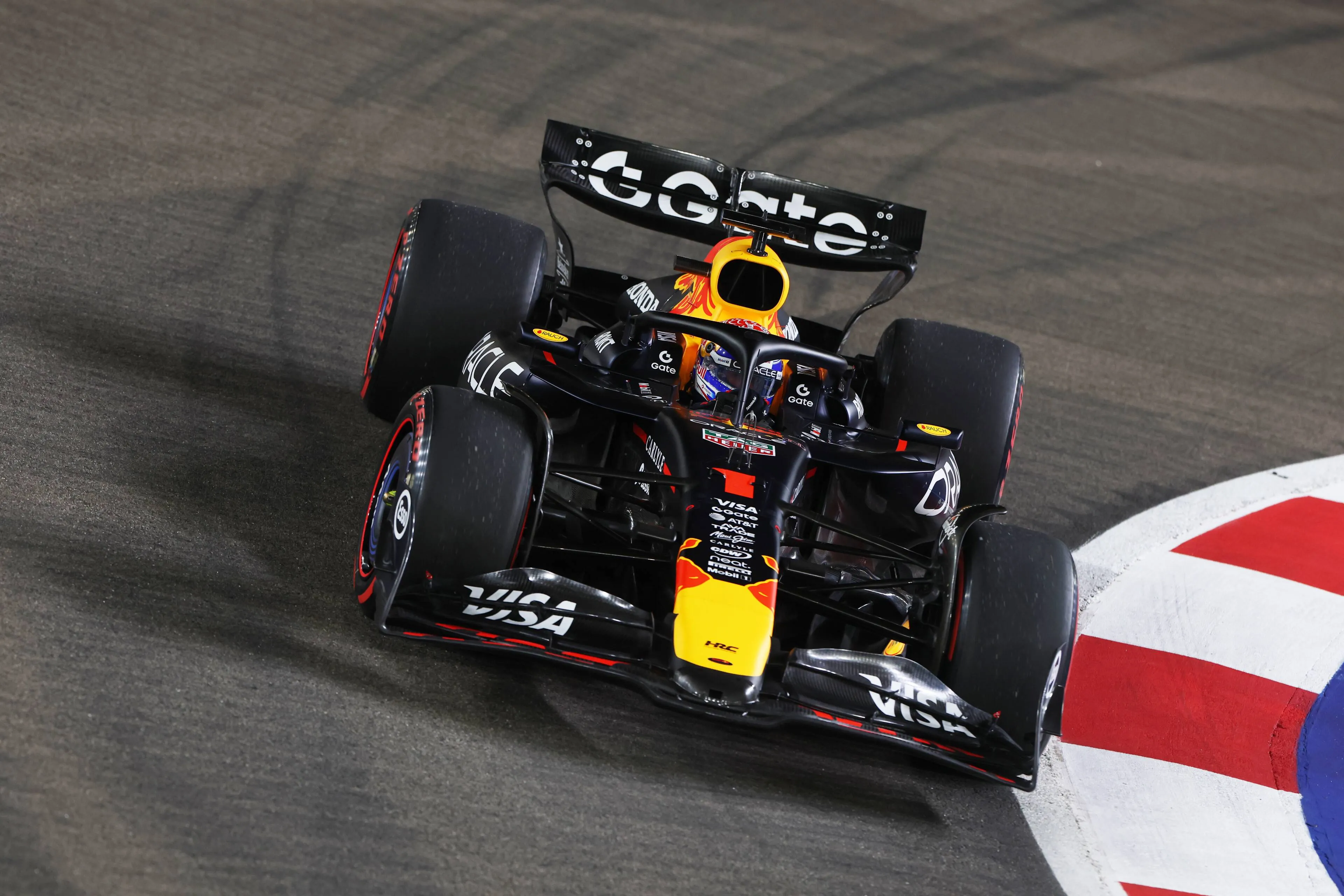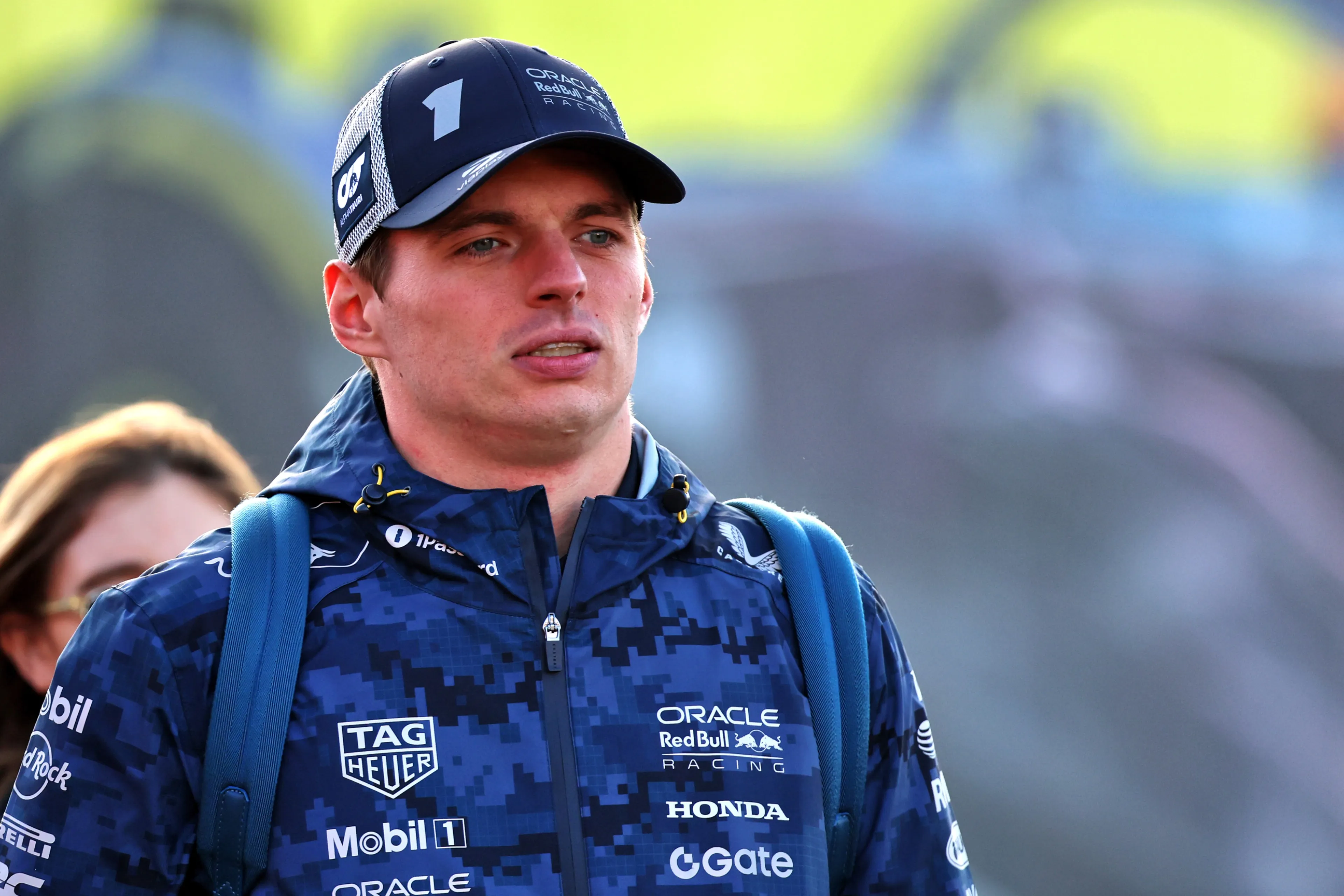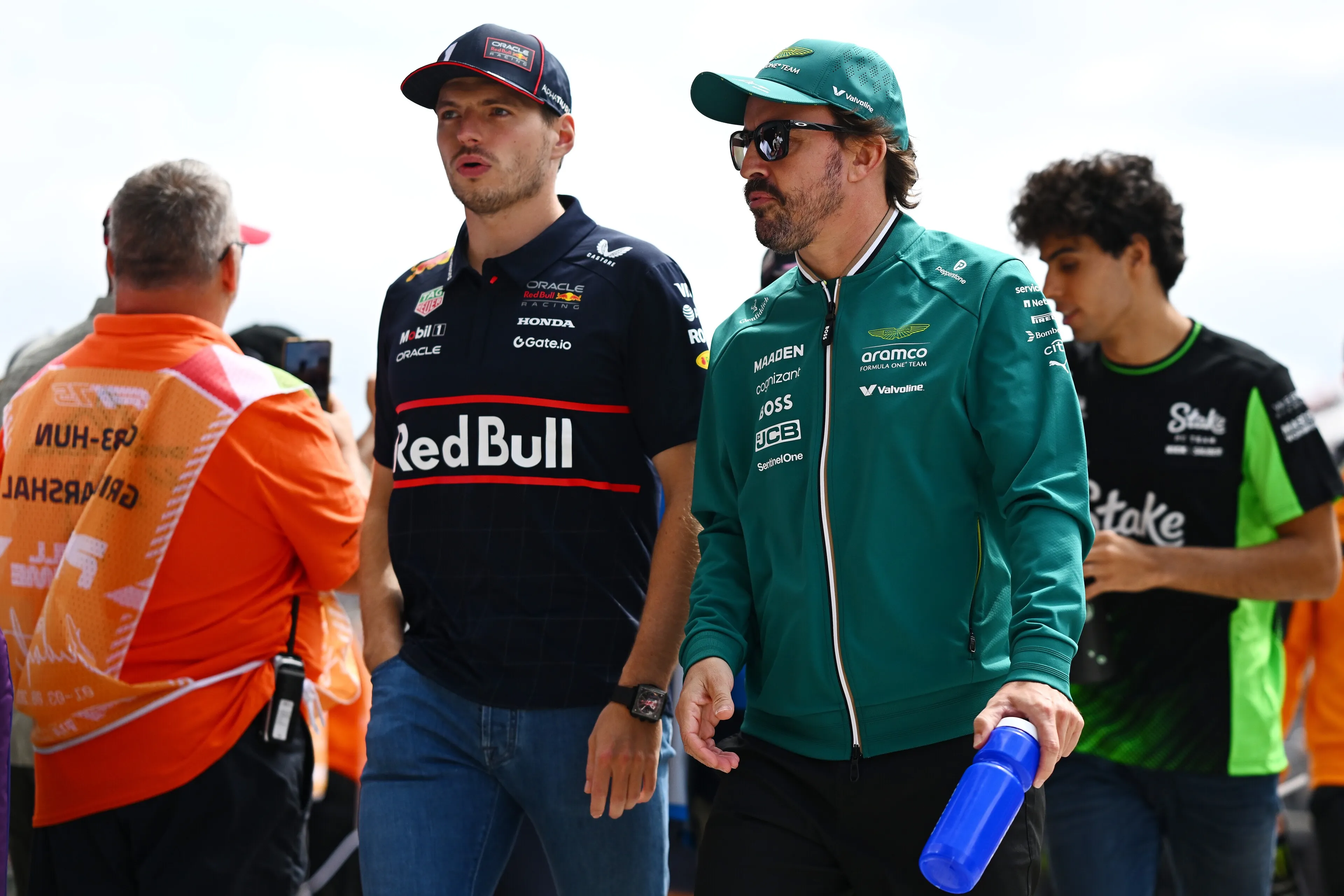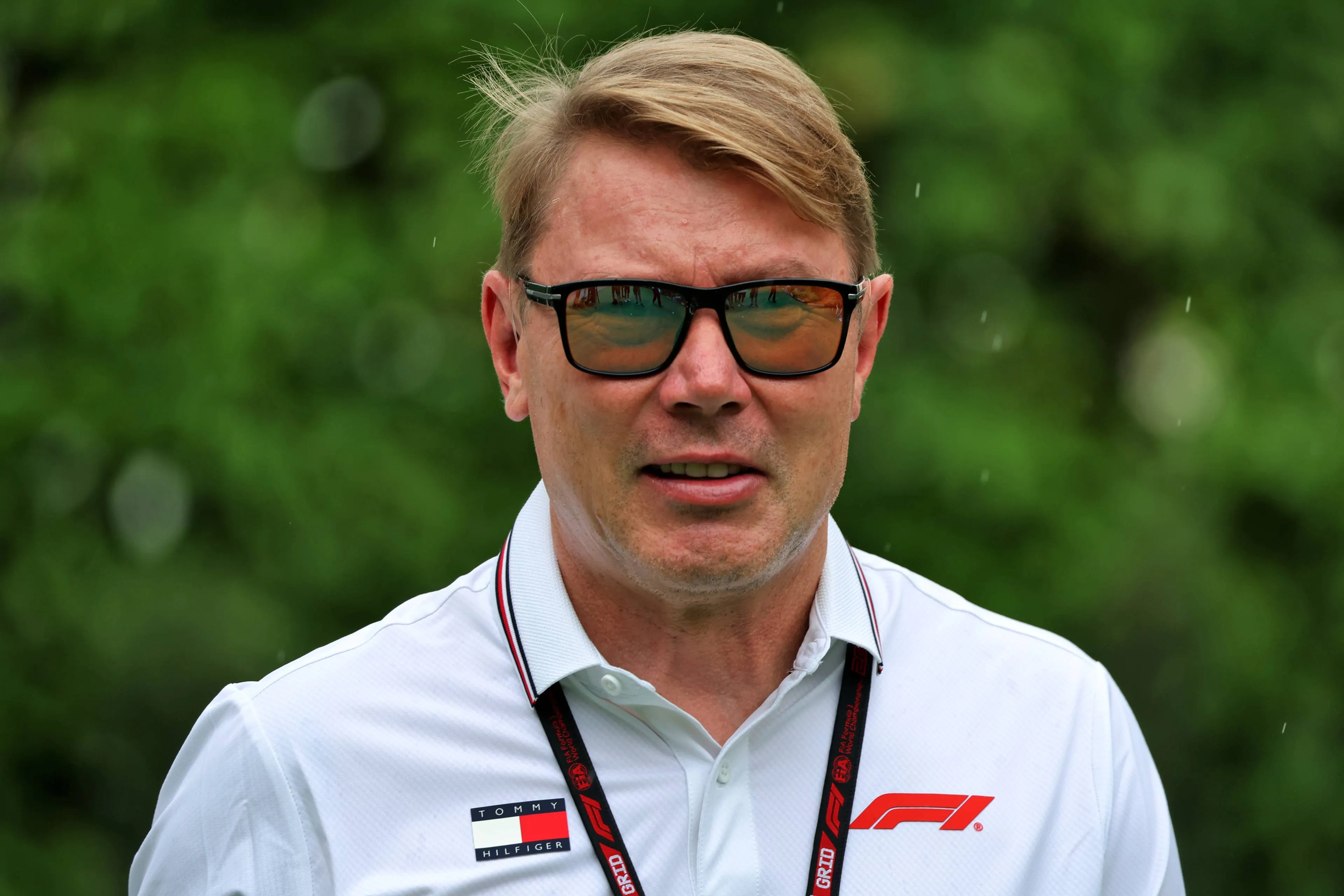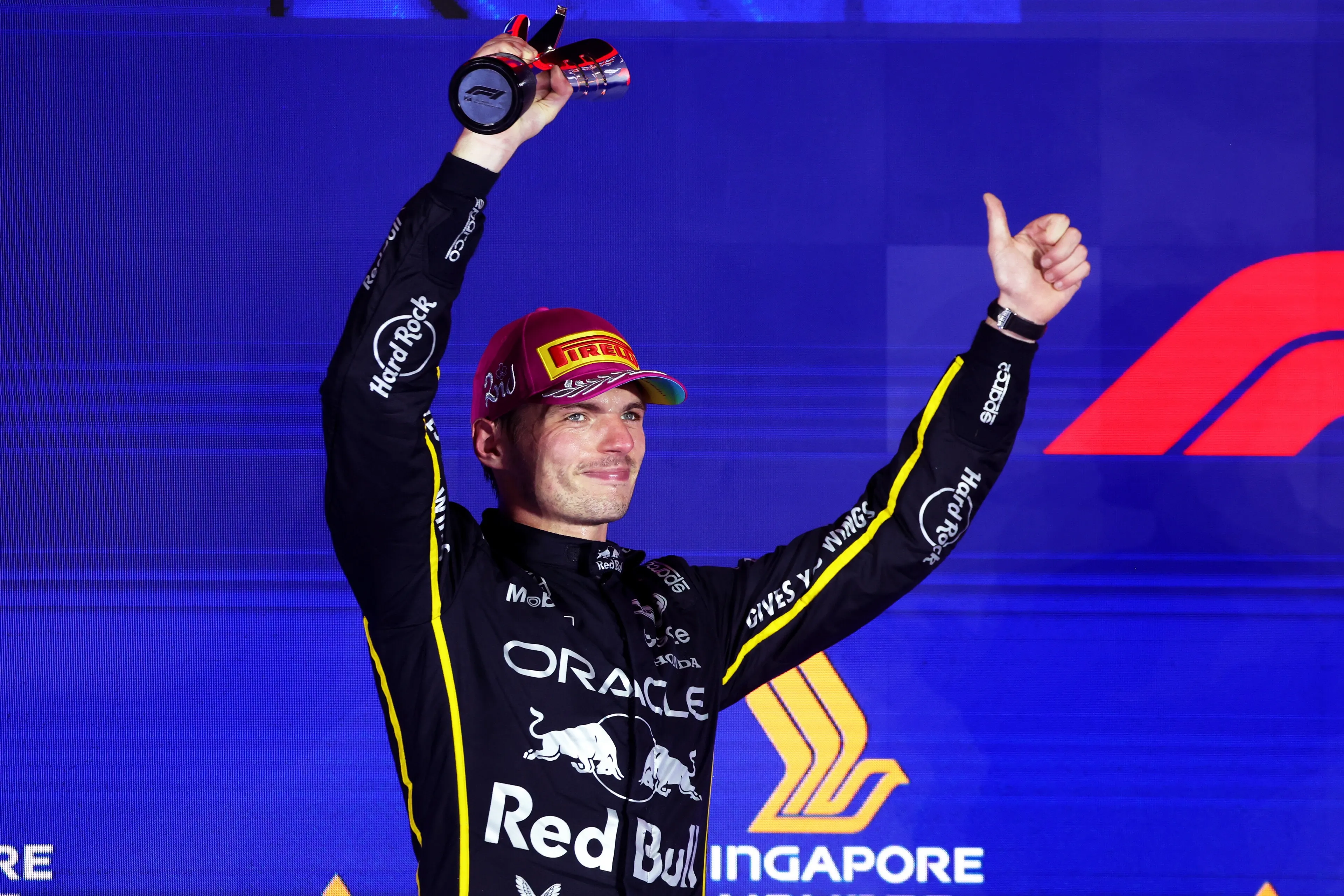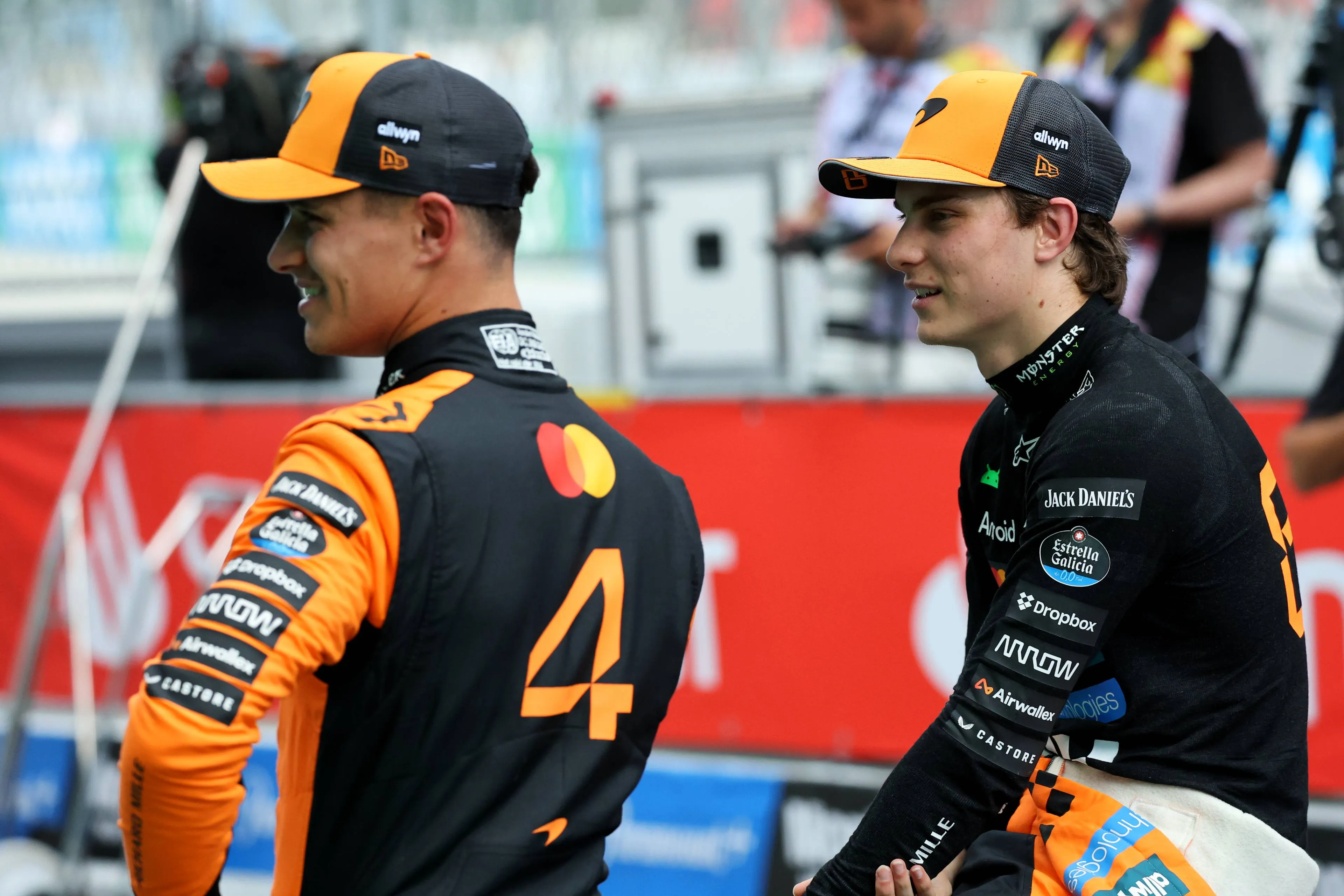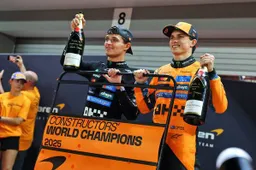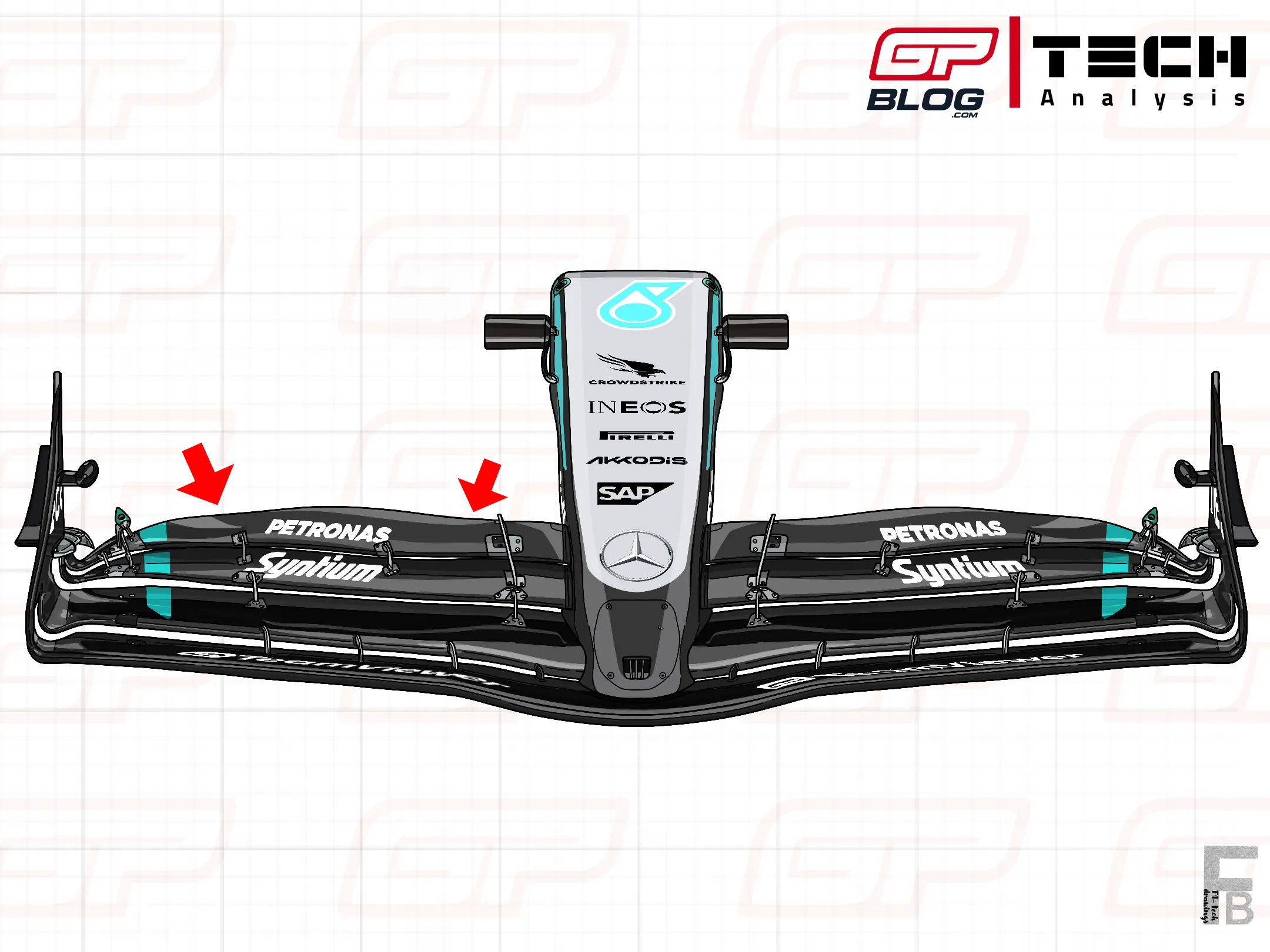
W16's new front wing in Singapore - Credits: Francesco Bianchi
F1 Tech | What's behind Mercedes overnight comeback?
08:30, 07 Oct
Updated: 15:52, 07 Oct
0 Comments
Mercedes’ extraordinary performance in Singapore came from the new front wing.
The Singapore Grand Prix weekend saw the unexpected comeback from Mercedes, whose car was expected to massively struggle in the hot and humid conditions of Marina Bay streets. Instead, the team brought a new front wing spec, which made the W16’s operating window larger, allowing Russell to beat Verstappen and both McLarens in qualifying and in the race.
Along with Red Bull, Mercedes were the only team that brought upgrades for the Singapore Grand Prix: they introduced a new front wing spec, with visible changes in the top flap, together with substantial changes in terms of material. As highlighted in the drawing below, in fact, the top flap presented a different top flap design, with a more curvy trend compared to the previous version and a more pronounced chord in the central portion (red arrow), to produce more downforce.

The new W16's front wing for Singapore - Photo: Francesco Bianchi
Together with these design changes, the team also made adjustments from a material point of view. The majority of an F1 car’s components are made of carbon fibre, which is lightweight, highly elastic, and resilient at the same time. During the second part of last year and the first half of this year, several teams exploited the use of different composites to increase front wing flexing, as it offered a significant advantage in terms of car balance between slow-speed and high-speed corners. To limit this phenomenon, the FIA introduced stricter regulations on front wing bending from the Spanish Grand Prix onwards, imposing more specific static tests.
Mercedes and McLaren were the teams that most exploited the bending of the airfoils, particularly on the front axle, with the former being affected more than the latter. Mercedes, in fact, took advantage of the flexing front wing to make the W16 more balanced between high-speed and slow-speed sections. That’s exactly what happened during the first third of the season: up until Barcelona, Russell finished outside the top seven only once (in Monaco) and reached the podium four times in eight races.
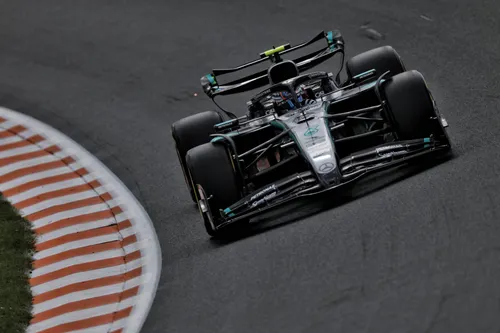
Kimi Antonelli at Zandvoort - Photo: Race Pictures
This kind of performance seemed to prove that, after struggling since 2022, Mercedes had finally found the key to their development issues. However, the rules imposed from the Spanish Grand Prix brought another twist to the tale. Mercedes had been taking significant advantage – pushing the edge of legality – of the flexing front wing to gain performance over their competitors. After the rule was introduced, Russell reached the podium only three times in eight races (before Singapore), a clear indication of the difficult period the team was going through.
The team back at the factory, however, wasn’t sitting idle. They began experimenting with different types of carbon fibre to find a new composite mixture that would allow greater flexing while remaining stiff enough to pass the FIA’s static tests successfully. The results of their work became evident in Singapore, as the new front wing – made of these newly developed materials – offered greater flexibility without compromising resilience.
Read also
The new front wing unlocked performance
The results were immediate: already since FP1, it was visible from the onboards that the top flap of the front wing was flexing a lot on the straights, before coming back into its original position once the load generated by air decreased. However, the performance didn’t seem to be that different: Russell ended the first session in P10, almost a second behind Fernando Alonso in P1. Second session didn’t go better either, as the Britain crashed into the wall at turn 16, after blocking the rear brakes.
Russell commented as follows the first day of action when interviewed by F1TV: “FP1 was challenging, but in those early laps I had a better feel with the car and the pace seemed better. It’s not been our best Friday by a long way, but Singapore is a track that’s always evolving and so I’m not too concerned.”
The first day of action seemed to confirm the impressions: the hot conditions and the rear-limited nature of the Marina Bay layout didn’t suit the W16, making it even more difficult to express its potential.
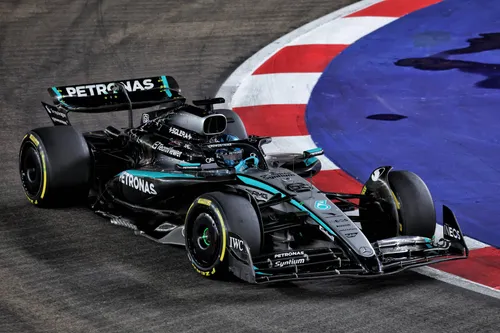
George Russell in Singapore - Photo: Race Pictures
However, the scenario completely changed from FP3: after some strategic fine-tuning and set-up adjustments made during the night, the W16 looked completely different from the day before. Both Russell and Antonelli set fast lap times on the red ring rubber, proving that the car had finally entered that ‘working window’ they’ve been struggling with since Imola.
This translated into performance on track: the many traction zones of the track exploited the W16’s slingshot traction abilities and the more efficiency provided by the front wing made the car extremely competitive through the first and second sector.
Read also
This kind of performance also translated during qualifying: Russell managed to get pole with 2 stunning laps, with Antonelli also in P4. Particularly impressive was the W16’s great balance in all three sectors: the car demonstrated a phenomenal performance in the slow speed portions, like turn 16/17 and the new front wing made the car extremely quick also in the straight-line, with Russell way quicker than competitors in the first sector in Q3.
The result of this great technical balance was the best qualifying for the team, a mirror of its performance from Montreal’s qualifying. While Canada was expected to suit the W16, Singapore’s qualifying performance was unexpected by everybody, including rivals. However, the new front wing widened the car’s operating window, making it much more competitive even on less than favourable conditions.
Read also
Why these ground-effect cars are still a 'surprise box'
The last big test, in terms of performance, was Sunday’s race: the hot conditions, together with the thermal stress put on the rear tyres, were expected to put the car under a lot of stress from McLaren and Red Bull. This, instead, never happened: Russell pushed hard during the first stint on the mediums, opening a 9-second gap to Verstappen before his stop. After switching to the hard tyres, he just controlled his gap to his rivals behind and went on to win the race.
Toto Wolff commented like this the great performance from Mercedes during last weekend: “[…] if you would have told me that we're dominating in the way we did today, I would have not believed it. You know with these cars they are just a surprise box.”
“It's just that margins are so small in having the car in the right aerodynamic window and extracting the maximum mechanical grip without killing the tyres and the sweet spot of the Pirelli's obviously. That doesn't always correlate with what you see in the virtual world, in the simulations to what happens on the track,” said the Team Principal.
His words are just the clear demonstration that these ground-effect cars are very sensible, both to atmospheric conditions and track layout and temperature, which inevitably translates into different performance from different teams every weekend.
During these 4 years, first Red Bull in 2023 and then McLaren this season have managed to make their car more versatile and with a bigger operating window, but also these cars have faced setbacks on non-suitable layouts, proving that, in this modern F1, all the aspects need to be perfectly for a car to win.
Read also
Read more about:
Rumors
Popular on GPBlog
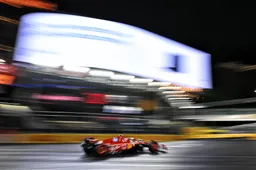
1
2025 Las Vegas Grand Prix: start time and full schedule
12410 times read
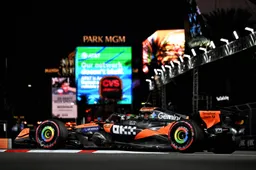
2
Mysterious red flag halts FP2 in Las Vegas: Norris leads
1159 times read

3
Verstappen reveals preference for a 'cheeky' race number in F1
815 times read

4
Tsunoda's Vegas GP 'win' over Verstappen prompts 'for his F1 career' reaction
812 times read
Loading

